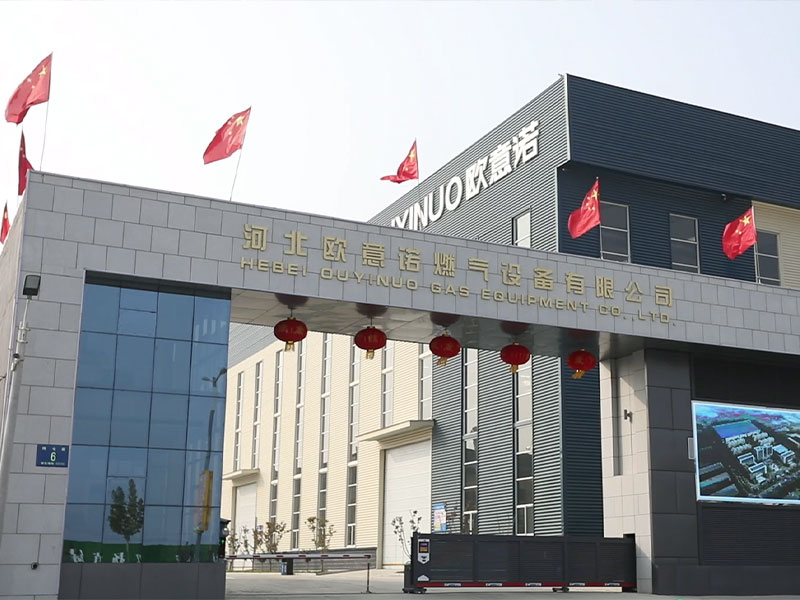
Sep . 21, 2024 15:20
Back to list
gas pressure reducing valve
Understanding Gas Pressure Reducing Valves An Essential Component in Gas Systems
A gas pressure reducing valve (PRV) is a critical device used in various applications, from residential heating systems to industrial gas distribution. Its primary function is to regulate and reduce the pressure of gas coming from a supply source, ensuring a steady and safe supply to downstream appliances or systems. This article will delve into the significance, working principles, and applications of gas pressure reducing valves.
What is a Gas Pressure Reducing Valve?
A gas pressure reducing valve is designed to maintain a constant outlet pressure, irrespective of fluctuations in the inlet pressure or changes in the demand downstream. This device is essential in preventing potential hazards associated with high-pressure gas, which can lead to equipment damage, gas leaks, or even catastrophic explosions.
Working Principle of PRVs
The operation of a gas pressure reducing valve is based on a straightforward yet effective principle it uses a diaphragm mechanism to regulate the outlet pressure. When gas enters the valve, it pushes against a diaphragm connected to a spring. As the pressure builds, the diaphragm moves, and the spring compresses. If the outlet pressure exceeds the setpoint, the diaphragm moves further, closing an internal valve and restricting the flow of gas until the pressure drops back to the desired level.
Most modern PRVs are equipped with adjustable springs, allowing operators to set the required outlet pressure according to specific needs. This flexibility is crucial for ensuring optimal performance of various gas appliances, whether they be heaters, stoves, or industrial burners.
gas pressure reducing valve

Applications of Gas Pressure Reducing Valves
Gas pressure reducing valves are employed in a wide variety of applications. In residential settings, they ensure that appliances receive the safe, low-pressure gas necessary for efficient operation. For instance, a natural gas furnace requires a specific pressure to function optimally. A PRV installed in the gas supply line provides this consistency.
In industrial and commercial environments, PRVs play an equally important role. They are used in gas distribution networks, where high-pressure gas from pipelines must be lowered to safe levels before it reaches end-users. This is particularly critical in industries involving combustion processes, such as manufacturing or power generation, where the precision of gas delivery can significantly influence performance and safety.
Additionally, gas pressure reducing valves are essential in laboratory settings, where precise gas flow and pressure control are vital for experiments and operations. They help to ensure that the gas supply remains stable, preventing inadvertent disruptions that could compromise experimental integrity.
Conclusion
In summary, gas pressure reducing valves are indispensable in both residential and industrial applications. By regulating outlet pressure and ensuring a safe and efficient gas supply, they help to protect equipment, enhance performance, and promote safety. As technology advances, the design and functionality of PRVs continue to improve, offering even greater reliability and control in gas management systems. Understanding the importance and operation of these valves is essential for anyone involved in the installation, maintenance, or operation of gas systems, ensuring safety and efficiency in everyday applications.
Latest news
-
Safety Valve Spring-Loaded Design Overpressure ProtectionNewsJul.25,2025
-
Precision Voltage Regulator AC5 Accuracy Grade PerformanceNewsJul.25,2025
-
Natural Gas Pressure Regulating Skid Industrial Pipeline ApplicationsNewsJul.25,2025
-
Natural Gas Filter Stainless Steel Mesh Element DesignNewsJul.25,2025
-
Gas Pressure Regulator Valve Direct-Acting Spring-Loaded DesignNewsJul.25,2025
-
Decompression Equipment Multi-Stage Heat Exchange System DesignNewsJul.25,2025

